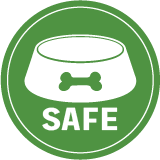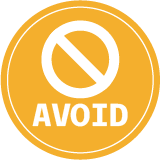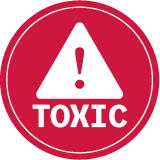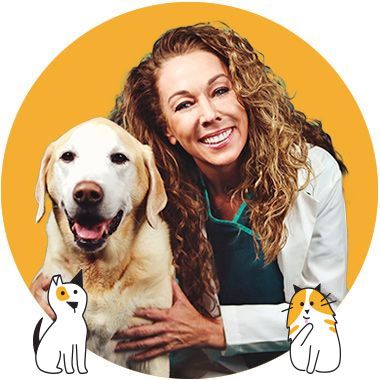A Vision-Threatening Condition Every Dog Owner Should Know
Your dog's eyes are essential to their day-to-day function, but what if an invisible danger lurks underneath, threatening to take away their sight? Here's how to deal with this dilemma.
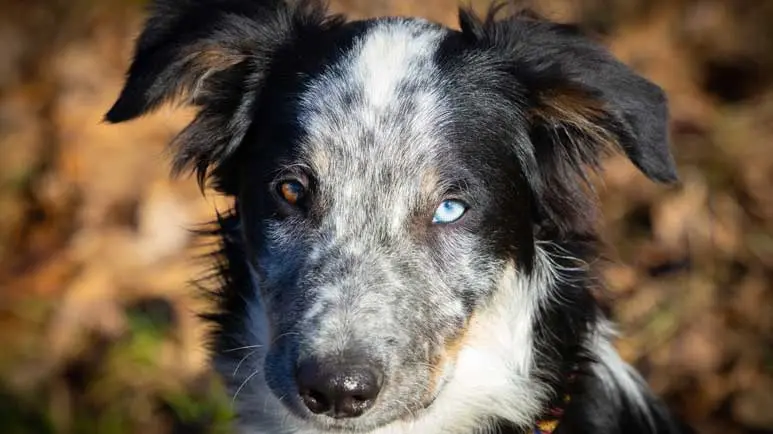
STORY AT-A-GLANCE
- Primary lens luxation (PLL) is an inherited eye condition in dogs where the lens shifts out of position due to weakened ligaments, leading to vision loss and blindness
- Common symptoms include tearing, squinting, eye cloudiness, pain, red discoloration, pupil changes, and white spots in front of the iris, typically developing between ages 3 and 8
- Due to genetic mutations affecting eye ligament strength, high-risk breeds include Terriers, Chinese Crested, Shar Peis, German Shepherds, Border Collies, and Australian Cattle Dogs
- Early detection is crucial — treatment options include lensectomy (surgical lens removal) for early cases, while advanced cases may require complete eye removal through enucleation
- Post-surgery care involves hospitalization, restricted movement, wearing a recovery cone, and following medication schedules. Your pet will need to stay sedentary during the healing process
When was the last time you took a good, long look at your pet’s eyes? If you notice certain symptoms like redness, tearing, cloudiness, or haziness, or if they appear to be in pain, watch out — it could be a serious condition called primary lens luxation (PLL).
An inherited eye condition that causes severe pain, PLL can lead to vision loss and permanent blindness in canines if not addressed. The good news is that if you’re aware of the warning signs and act immediately, there’s a high chance to save your dog’s eyesight.
What Is Primary Lens Luxation?
The lens is a part of the eye located behind the iris. It is responsible for focusing light on the retina for visualization. This structure is held in place by multiple ligaments called zonules. However, when these fibers or ligaments break or weaken, the lens shifts out of position, known as lens luxation.
But what exactly causes the zonules to weaken? There’s a genetic mutation causing certain dog breeds to have a high risk of developing PLL. Pressure builds up inside the eye as the lens shifts in an irregular position. There are two types of PLL, depending on the direction where the lens luxates. If it luxates forward, it is known as anterior lens luxation. When it luxates backward, it’s called posterior lens luxation.1
According to the Cornell Richard P. Riney Canine Health Center, anterior lens luxation is more damaging because it quickly increases pressure inside the eye (glaucoma). Veterinarians consider it an emergency because it can trigger severe pain and lead to blindness. On the other hand, posterior lens luxation causes less inflammation, reducing the risk of glaucoma developing.2
Recognizing the Signs of PLL — Which Breeds Are at High Risk?
In most cases, PLL develops when a dog is between 3 and 8 years old, although structural changes in the eyes may be noticeable as early as 20 months of age.3 Common symptoms of this condition include:
- Tearing
- Squinting
- Haziness or cloudiness in the eye
- Pain
- Red discoloration of the eyes
- Change in the shape or size of the pupil
- A noticeable white spot in front of the iris
Breeds like Terriers, Chinese Crested, Shar Peis, German Shepherd, Border Collies, and Australian Cattle are at high risk of developing PLL, as they have the genetic mutation that leads to weakened zonules.4
Diagnosing and Treating PLL
Your dog depends on you to look out for their well-being, so once you see sudden changes in the appearance of their eyes or if they exhibit discomfort or pain related to their eyes, such as if they’re constantly pawing or trying to scratch their face, schedule a visit to your integrative vet immediately. Early detection of this condition is essential to save your pet’s vision.
Your vet will conduct a complete eye exam to confirm this condition. If there’s a need to do additional testing, you may be referred to a veterinary ophthalmologist who can do an eye ultrasound to see the internal structures of your pet’s eyes.
If your dog is confirmed to have a posterior luxation, your vet will instruct you to monitor it carefully; if there are signs of discomfort or a change of appearance in the eye, you’ll need to go back, as it could mean that the lens has fallen forward, resulting in an anterior luxation. When this happens, immediate surgery is necessary to prevent blindness.5
"Before the lens completely falls out of position, it can ‘wobble’ as some of the ligaments begin to break. This is known as sub-luxation of the lens. Some veterinary ophthalmologists like to operate before the lens completely dislocates to help avoid the potentially serious complications associated with complete luxation," an article in VCA Animal Hospitals explains.6
When caught early, your vet will recommend undergoing a lensectomy — this requires making a small incision in the eye to remove the lens. Afterward, the incision is closed using tiny sutures; over time, these sutures will dissolve and be absorbed. Dogs with a lensectomy can still see, although they may have farsighted vision.7
However, if the condition has further progressed, the lens may no longer be salvageable — the next best option is to have a veterinary ophthalmologist remove the affected eye (enucleation).8
Caring for Your Dog After the Surgery
Your dog may be hospitalized for a few days after the surgery to be monitored for infections and to allow optimal rest and recovery. Once your vet gives the go-signal to bring your canine companion home, keep their movements restricted. Have them stay in a room or crate where they can remain sedentary while healing.
Have your dog wear a recovery cone; No jumping or running down the stairs is allowed. Once ready to go outside, put your pet on a leash. Give them their post-operative medications as directed by the vet.


